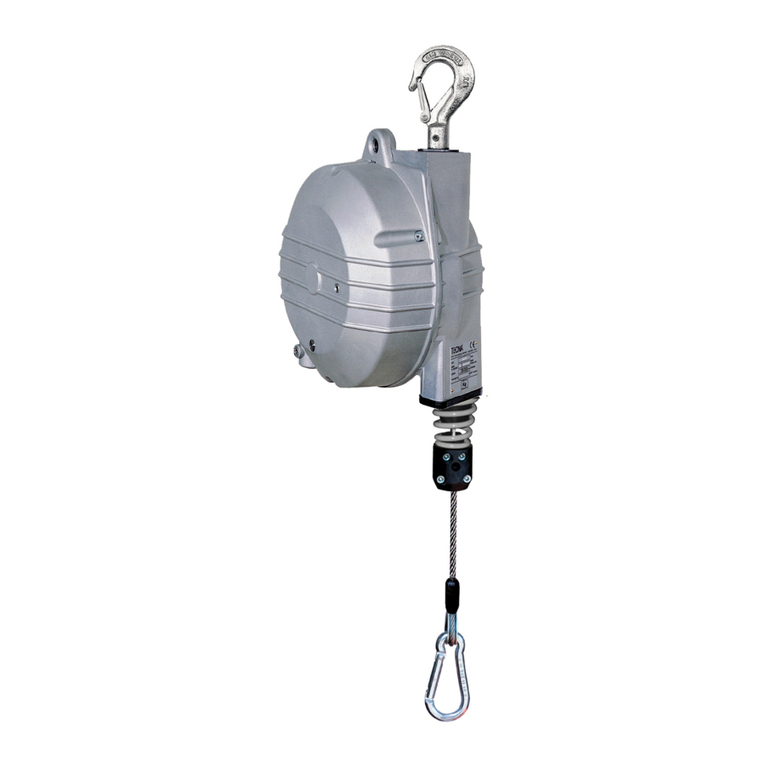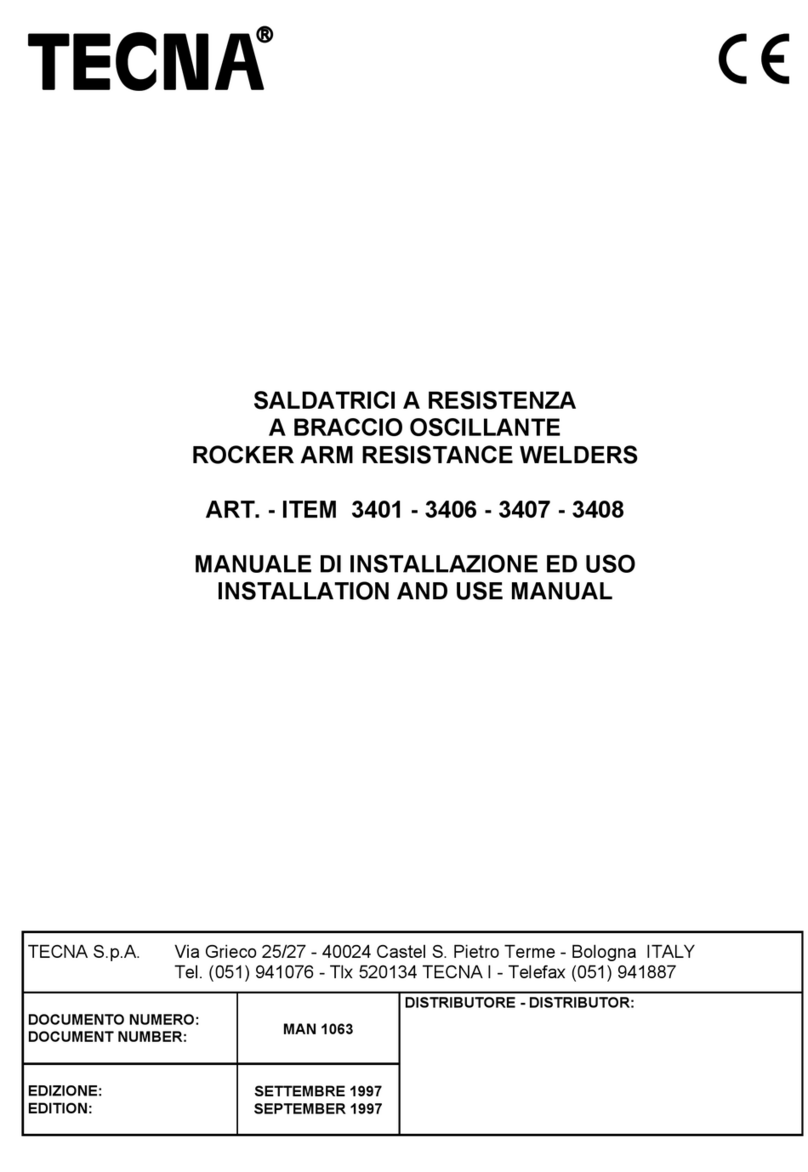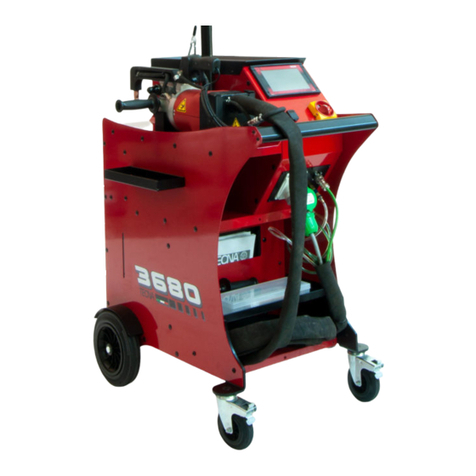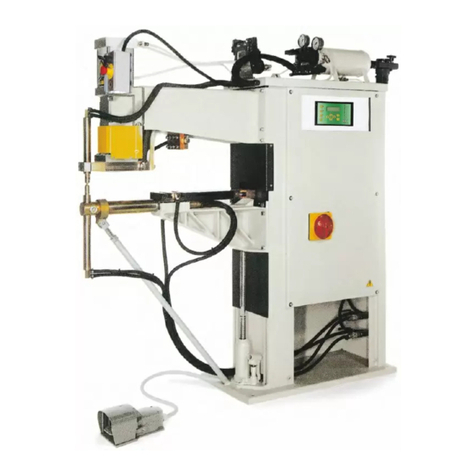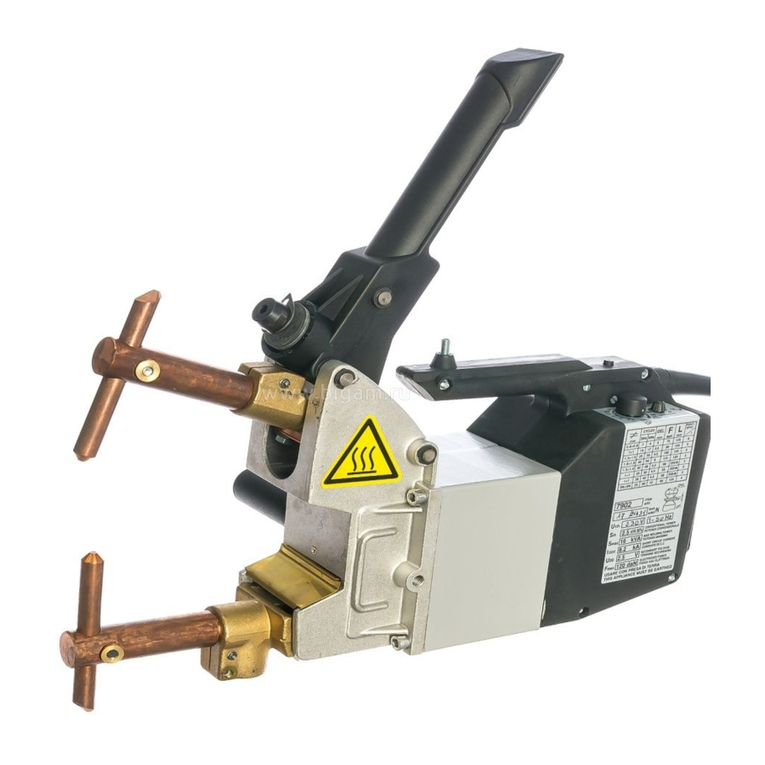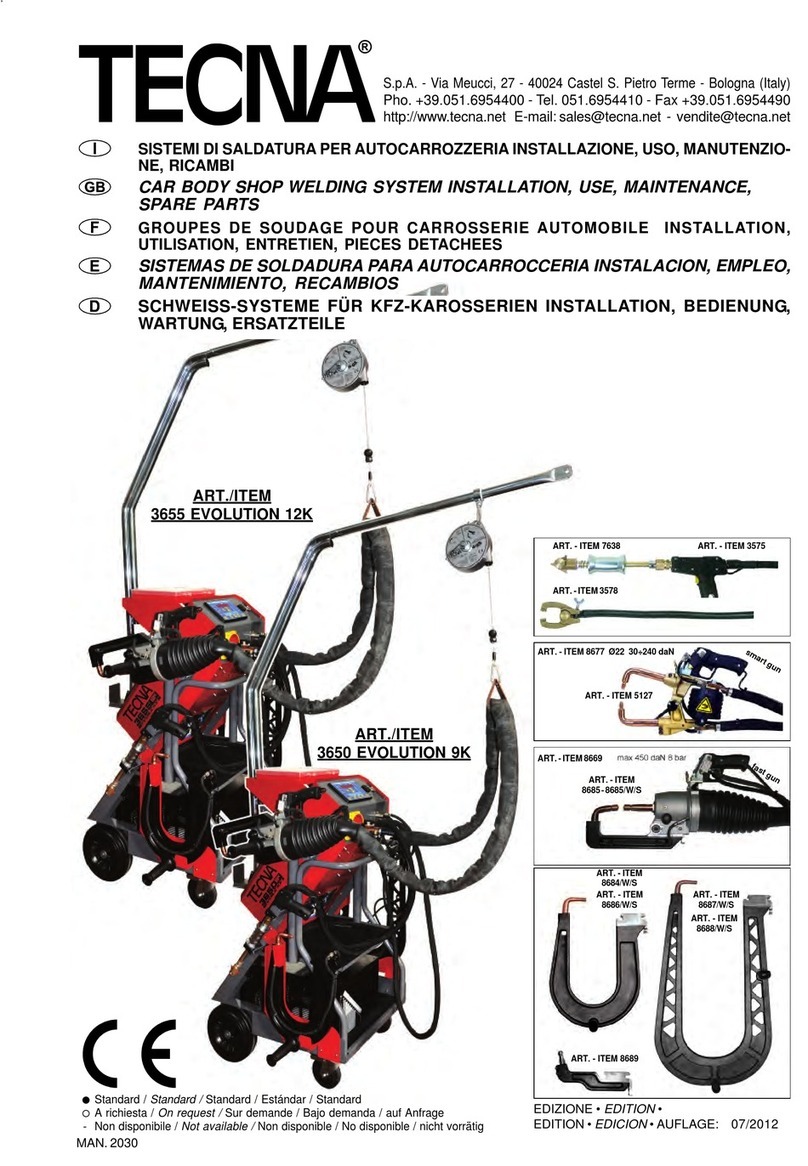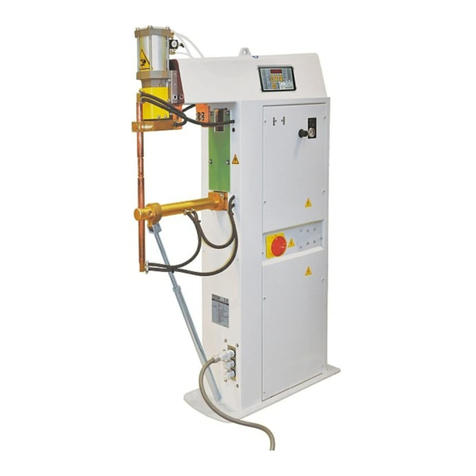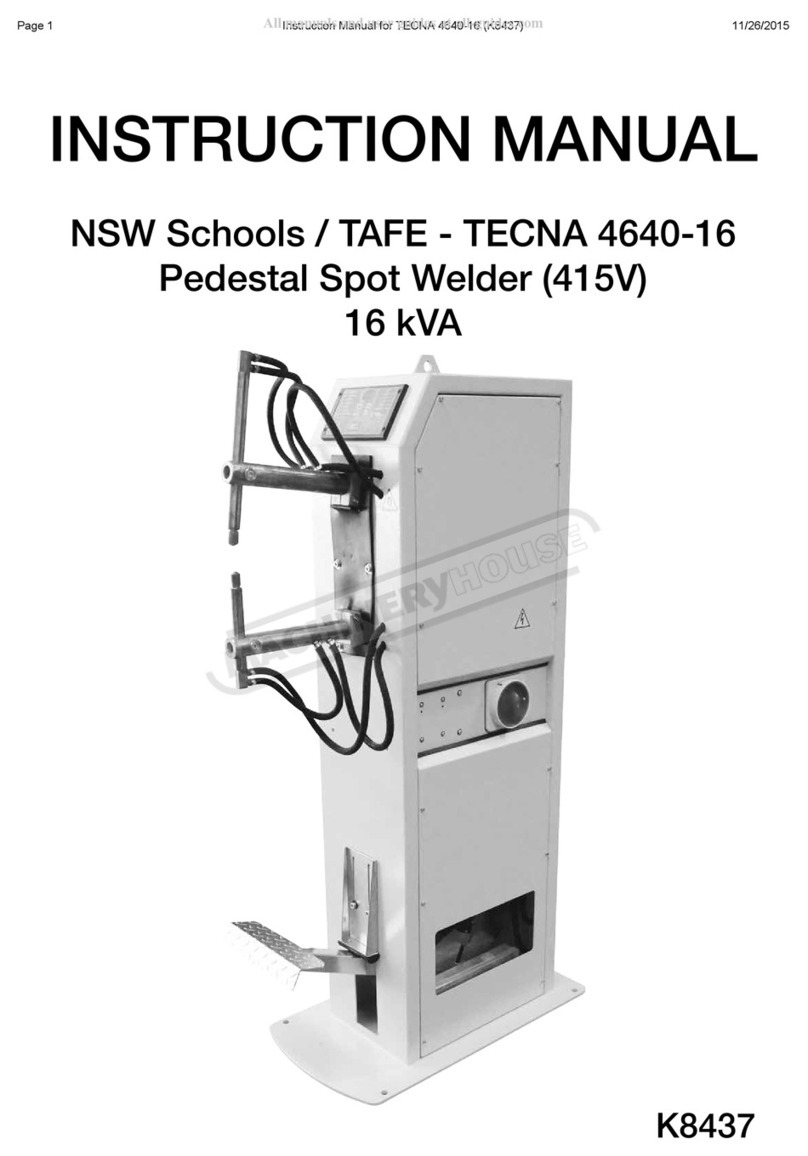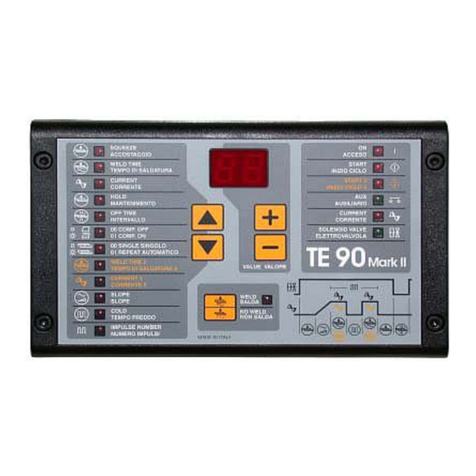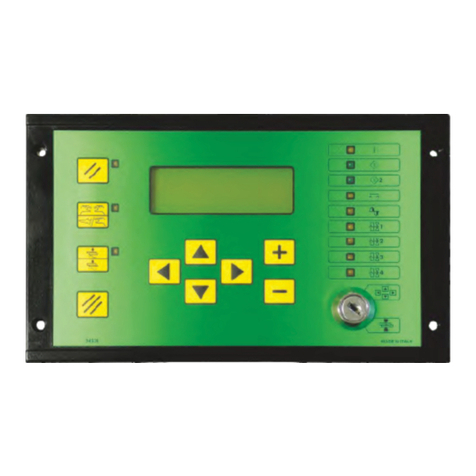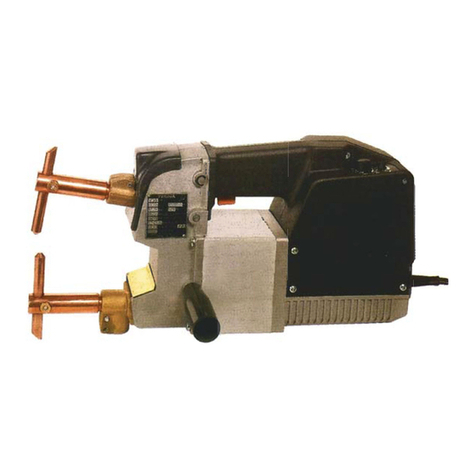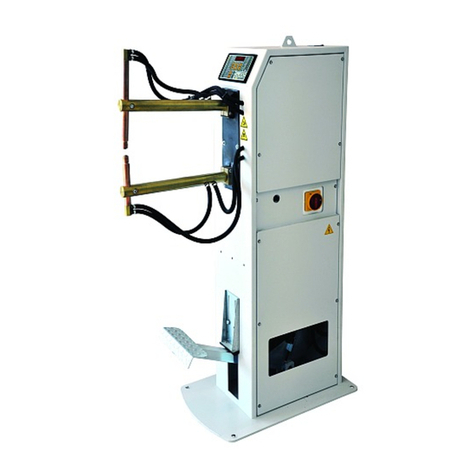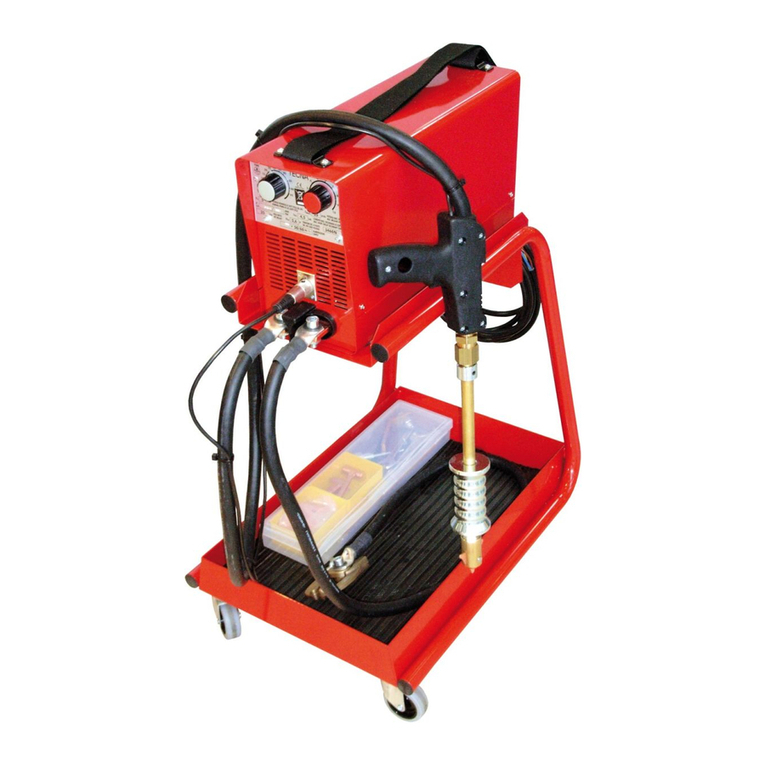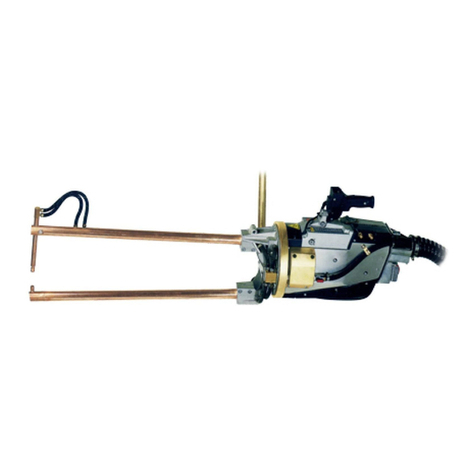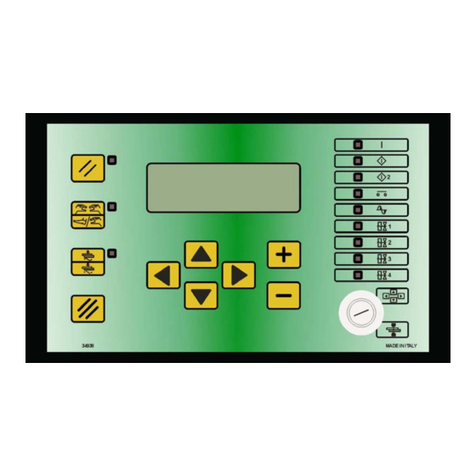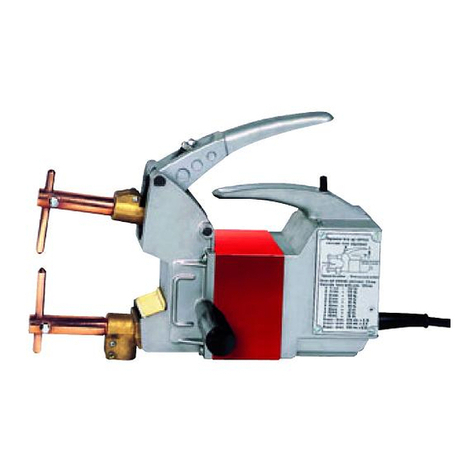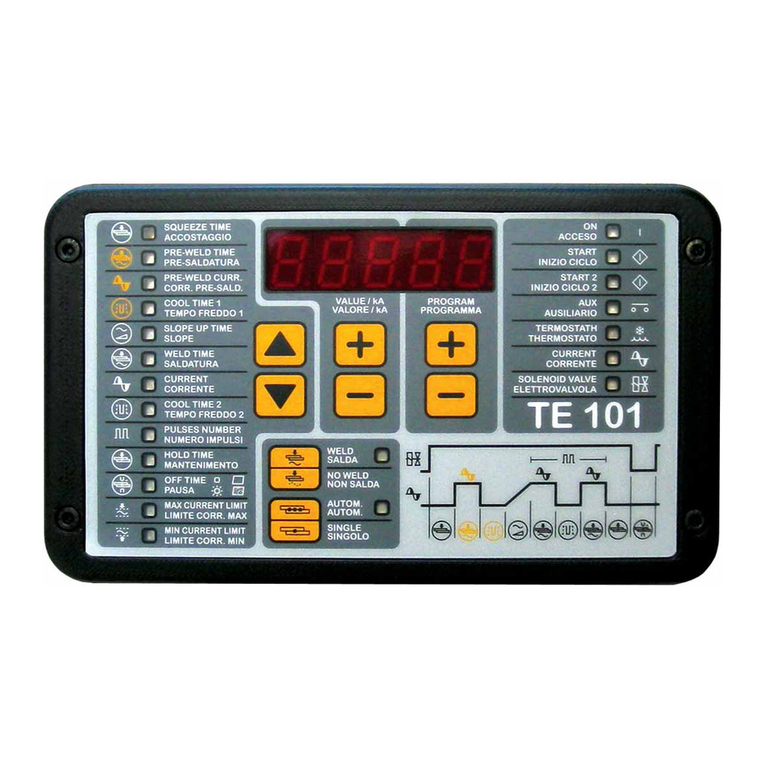
6
MESSA IN FUNZIONE
Collocare la macchina su una superficie piana sia essa un tavolo,
un carrello, o semplicemente sul pavimento, e verificarne la
stabilità. Verificare che non possa cadere o ribaltarsi, anche se
sottoposta alla trazione dei cavi.
Se si utilizza il carrello opzionale verificare che il pavimento sia
piano, liscio e privo di ostacoli. Durante la movimentazione la
presenza di ostacoli sul pavimento può bloccare le ruote e
provocare il ribaltamento della macchina.
Verificare che la macchina non sia esposta a spruzzi d’acqua,
all’ingresso di liquidi, sporco, limature metalliche ecc.
Verificare che i cavi siano collocati in posizione da non intralciare
persone, costituire pericolo o essere soggetti a danneggiarsi.
Prima di ogni utilizzo, controllare lo stato della macchina, del
cavo di alimentazione e della spina; non utilizzare la macchina se
si riscontrano difetti.
Prima di collegare la spina e accendere la macchina
verificare che siano state messe in opera tutte le prescrizioni
di sicurezza.
Collegare la spina solo ad una presa con caratteristiche
corrispondenti alle specifiche fornite (portata e dimensionamento
dei dispositivi di protezione indicati nella tabella delle
caratteristiche).
Collegare al generatore gli attrezzi che si intendono utilizzare. Le
istruzioni sul collegamento, le regolazioni da effettuare, e le
modalità d’uso sono specificate nei relativi paragrafi.
Durante il lavoro rispettare scrupolosamente tutte le
prescrizioni di sicurezza.
Terminata la lavorazione staccare la spina elettrica e riporre la
saldatrice in luogo asciutto e protetto.
NORME DI SICUREZZA
Il presente paragrafo contiene importanti
informazioni per un uso sicuro del prodotto. È
importante che ogni suo utilizzatore abbia letto e
compreso il suo contenuto prima di operare
sulla macchina. È obbligatorio attenersi a quanto indicato.
La macchina va utilizzata in un luogo che soddisfi le seguenti
caratteristiche:
In ambiente chiuso, non è previsto l’uso della saldatrice in
luogo aperto.
Con temperatura ambientale compresa tra 5 e 40 °C ed
altitudine non superiore ai 1000 m. Per il solo magazzinaggio,
la macchina può essere tenuta fino a -20 °C.
In una zona ben aerata, asciutta, libera da polvere, vapori,
esalazioni acide.
Il luogo di lavoro deve essere privo di materiali infiammabili in
quanto la lavorazione può comportare proiezioni di particelle
di metallo fuso. È vietato usare la macchina in ambienti in
atmosfera esplosiva o con rischio di incendio.
In luogo adeguatamente illuminato in relazione al lavoro da
compiere.
Se si utilizza il carrello opzionale il pavimento deve essere
piano, liscio e privo di ostacoli.
Se si prevede di utilizzare la macchina per saldature che
possano generare fumi si deve installare un adeguato impianto di
aspirazione.
Ricordare che questo genere
di macchine genera forti
campi magnetici che possono
causare forte attrazione su
metalli magnetici, incluse le protesi metalliche, danneggiare
gli orologi, carte a banda magnetica e supporti magnetici per
dati.
I portatori di pace-maker, protesi
metalliche ed acustiche, ed ogni altro
tipo di dispositivo medico impiantabile,
prima di avvicinarsi al luogo di
saldatura, devono consultare il proprio medico.
Per limitare l’esposizione al campo magnetico:
- tenere i cavi di saldatura il più possibile vicini tra loro,
eventualmente arrotolandoli tra loro;
- tenere i cavi di saldatura il più lontano possibile dal corpo;
- tenere entrambi i cavi di saldatura dal lato della mano che
impugna l’attrezzo di saldatura, non posizionare mai il corpo
all’interno del percorso descritto dai cavi;
- collegare il cavo di massa il più vicino possibile all’area di
saldatura.
L’elevata corrente elettrica utilizzata dalla macchina per eseguire
la saldatura può surriscaldare ogni oggetto in metallo che
inavvertitamente sia soggetto al suo passaggio. Non indossare
anelli, orologi metallici, e vestiti con parti od accessori
metallici.
Durante la lavorazione possono
presentarsi schizzi di materiale
incandescente. Il personale deve
indossare adeguati dispositivi di
protezione: occhiali, guanti di sicurezza, e un adeguato
vestiario
Alcune parti della macchina (elettrodi e cavi)
possono scaldarsi eccessivamente se la macchina
viene utilizzata con ritmi di lavoro troppo elevati.
Analizzare le condizioni di lavoro ed utilizzare, se
necessario, adeguati dispositivi di protezione individuale (guanti,
grembiuli ed altro vestiario).
Le lamiere sulle quali si eseguono le lavorazioni
raggiungono temperature molto elevate localizzate
nella zona dove si esegue la saldatura o il
riscaldamento. Verificare che non vi siano materiali
infiammabili a contatto o in prossimità delle lamiere sulle
quali si deve lavorare, anche all’interno della scocca.
Potrebbero incendiarsi durante la lavorazione. Utilizzare
guanti adeguati per proteggersi dalle scottature.
Tenere la zona circostante la saldatrice libera da
materiali infiammabili in quanto la lavorazione può
comportare proiezioni di particelle di metallo fuso. In
caso di incendio non deve essere utilizzata acqua
ma adeguati estintori.
Non trasportare la saldatrice tenendola per i cavi. Non spostare
la saldatrice tirandola per i cavi. Non togliere la spina dalla presa
tirandola per il cavo. Tenere i cavi lontano da fonti di calore, oli e
bordi affilati. Se mentre si lavora si danneggia il cavo di
alimentazione estrarre immediatamente la spina di
alimentazione. Non utilizzare la macchina se il cavo di
alimentazione è danneggiato.
La manutenzione della macchina va effettuata seguendo
scrupolosamente le indicazioni di sicurezza contenute nel
capitolo “MANUTENZIONE”.
Se la saldatrice viene a contatto con acqua che raggiunga le parti
interne, si deve immediatamente spegnere la macchina ed
estrarre la spina di alimentazione. La stessa procedura deve
essere seguita qualora si presenti qualsiasi situazione di rischio
di scossa elettrica. La messa in funzione della saldatrice dopo
una situazione di emergenza deve essere effettuata unicamente
da personale qualificato che deve eseguire le verifiche
necessarie sulla macchina.
Oltre alle indicazioni riportate in questo paragrafo tenere sempre
presenti le normative vigenti a cui si è soggetti.






